Which fats are healthy and which are not? The reason doctors recommend not consume sunflower oil. Are saturated fats of animal origin harmful?
Benefits of fats
When starting a diet, the first thing that catches the attention of most people is limiting the consumption of fats. Thus, they exchange the whole milk for the skimmed one and stop to consume other fats. People make a direct link between fat from food and fat deposits in the body.
No doubt this method is wrong. In most cases, fat-free products are more harmful to health than their "greasy" foods, since the former are subjected to processes to reduce their fat content, and instead contain these, contains fast carbohydrates. The correct diet is to balance the healthy fats.
Saturated and unsaturated fats
Just as carbohydrates can be fast or slow, fats (or rather, fatty acids) can differentiate each other by their number of carbon atoms. All fats of vegetable and animal origin are composed of different combinations of fatty acids. Although there are dozens of combinations, only 5-7 are widespread.
Fats are generally classified, not by the number of carbon atoms, but by the presence or absence of bonds between the hydrogen atoms ("saturation"). The situation becomes more complex when the weak acids have the same chemical form, but they differ geometrically, giving rise to the trans fats.
Which fats are healthy?
The body digests in different ways different types of fat. Fatty acids that contain 15 or fewer carbon atoms are assimilated directly into the gut and used to exert metabolic needs. These fats are in coconut oil (about 80%) and to a certain extent in cow's milk (25%).
For the body, it is complex to convert the energy contained in coconut oil into Cordura deposits, which explains why this product is part of a diet. On the other hand, the trans fats with few carbon atoms go directly to the blood, damaging the side: this is the case of refined palm oil, from which they produce margarine.
What are Omega 3's, 6's and 9's?
Fatty acids containing 18 carbon atoms are the most common. These are present dominantly in any type of oil or fat. If in the chain of atoms there is a double bond, the fat is called omega 3, 6 or 9 depending on where exactly this double bond is.
Omega-9 fatty acids (C18: 1 ω-9) are considered "neutral" and are the most common in nature (70% in olive oil, avocado fat, 30% in corn oil, 30-40 % in red meat, 25-30% in egg yolk). In the human body, they occupy the second place among the fats of greater presence (after C16: 0).
Equilibrium of omega 3 and omega 6
Omega 3 fatty acids are the most beneficial and are essential to ensure the functioning of the body, the immune system, and the brain. Unfortunately, our body is able to synthesize this fatty acid from others. Also, the presence of omega 6 in the body minimizes the positive effects of omega 3.
The complexity of this matter lies in the fact that omega 3 is present in food in small quantities, while sunflower and corn oil (which are the most used oils in the food industry) is composed of 50-60% of acids Omega 6 fatty acids. This alters the binding and causes disorders in metabolism.
Are Animal Fats Bad?
Like any fat, those of animal origin are also a combination of fatty acids. It is vital to feed the animals whose meat we consume is vital: the meat of industrially created cows contains more omega-6s since they are fed with corn. The tables of nutritional values of meats do not always take this into account.
Saturated fats of animal origin are in themselves palmitic acid composed of 16 carbon atoms. This fat is present in 25-30% of the butter content, while the red meat and the egg yolk is in 20-25%. The excess of this fat in the diet can lead to the development of multiple diseases.
Healthy fats and bad fats
Undoubtedly, bad and harmful fats only contain sunflower and corn oil: its lipid profile is composed of 50-60% omega 6, which weakens the positive influence of omega 3. Omega 6 fatty acids can hide in red meats and chicken of industrial origin.
Olive oil and avocado fats are recommended because of their high omega-9 content. Coconut oil is the best choice for shrimp since its structure does not change under high temperatures. Saturated fats of origin are harmful if they are consumed in excess since they destroy the alimentary balance.
Fats and oils are a combination of fatty acids. Each of these mixtures contributes (or does not) to the health and functioning of metabolism. It is often difficult to determine the content of food. furthermore, classifying the product as a source of "saturated" or "unsaturated" fats is not always enough to describe its lipid profile.
Bibliography:
-
The importance of the ratio of omega-6 / omega-3 essential fatty acids, source
-
Palmitic acid mediates hypothalamic insulin resistance by altering PKC-theta subcellular localization in rodents, source










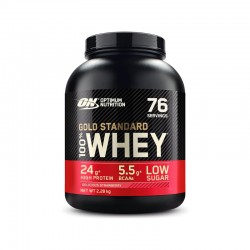



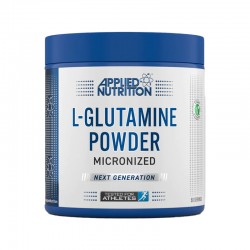
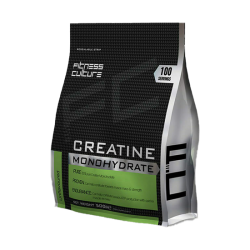
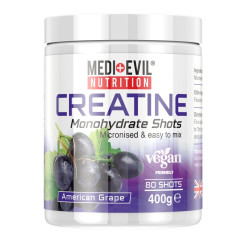





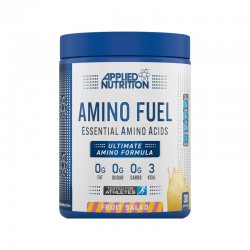
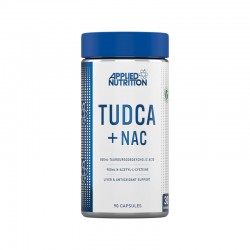

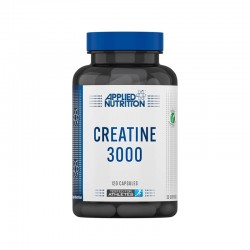
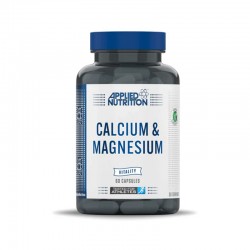






52 Comment(s)
Nice blog. Thanks for sharing such useful and quality content. <a href="https://giftpoint.com.pk/products/janssen-intensive-face-scrub-200ml">janssen scrub 200ml</a>
1
1
1
1
1
1
1
1
1
1
1
1
1
1
1
1
1
1
1
1
1
1
1
1
1
1
1
1
1
1
1
1
1
1
1
1
1
1
1
1
1
1
1
1
1
1
1
1
1
1
1
1
1
1
1
1
1
1
1
1
1
1
1
1
1
1
1
1
1
1
1
1
1
1
1
1
1
1
1
1
1
1
1
1
1
1
1
1
1
1
1
1
1
1
1
1
1
1
1
1
1
1
1
1
1
1
1
1
1
1
1
1
1
1
1
1
1
1
1
1
1
1
1
1
1
1
1
1
1
1
1
1
1
1
1
1
1
1
1
1
1
1
1
1
1
1
1
1
1
1
1
1
1
1
1
1
1
1
1
1
1
1
1
1
1
1
1
1
1
1
1
1
1
1
1
1
1
1
1
1
1
1
1
1
1
1
1
1
1
1
1
1
1
I cling on to listening to the reports speak about receiving boundless online grant applications so I have been looking around for the most excellent site to get one. Could you advise me please, where could i find some?
This is a topic which is near to my heart... Thank you! Where are your contact details though?
This is a topic that is near to my heart... Best wishes! Exactly where are your contact details though?
I visited many web pages except the audio quality for audio songs present at this site is in fact fabulous.
I really like what you guys tend to be up too. This type of clever work and coverage! Keep up the good works guys I've added you guys to my blogroll.
Ahaa, its fastidious dialogue on the topic of this post here at this blog, I have read all that, so now me also commenting at this place.
I was recommended this blog by my cousin. I am not sure whether this post is written by him as nobody else know such detailed about my trouble. You are incredible! Thanks!
Ahaa, its nice discussion about this post at this place at this webpage, I have read all that, so now me also commenting here.
There's definately a lot to learn about this subject. I love all of the points you've made.
Hola! I've been following your blog for some time now and finally got the bravery to go ahead and give you a shout out from New Caney Tx! Just wanted to tell you keep up the fantastic job!
It's finally time for all of us to cease losing time and start taking part in Roblox with the actual enjoyable, to the maximum potential.
These are really wonderful ideas in concerning blogging. You have touched some good points here. Any way keep up wrinting.
This is a topic that's close to my heart... Thank you! Exactly where are your contact details though?
I am sure this piece of writing has touched all the internet viewers, its really really fastidious article on building up new website.
I like it when individuals come together and share thoughts. Great website, stick with it!
1
1
1
1
1
1
I am sure this piece of writing has touched all the internet people, its really really fastidious paragraph on building up new weblog.
Way cool! Some extremely valid points! I appreciate you penning this write-up plus the rest of the website is very good.
I really like it when folks come together and share thoughts. Great website, keep it up!
Hi, I do think this is a great website. I stumbledupon it ;) I may return once again since i have book marked it. Money and freedom is the greatest way to change, may you be rich and continue to help others.
I wanted to thank you for this great read!! I certainly loved every bit of it. I've got you book-marked to check out new things you
I will right away grab your rss as I can not in finding your e-mail subscription hyperlink or e-newsletter service. Do you've any? Kindly permit me recognize in order that I may just subscribe. Thanks.
For family use, the capability to oversee nannies or caretakers is without question the most effective causes bongacams token generator to come Bongacams Token Hack to phrases with such a purchase order.
I’ll right away snatch your rss feed as I can’t in finding your e-mail subscription hyperlink or newsletter service. Do you’ve any? Kindly let me know so that I may subscribe. Thanks.
Leave a Comment